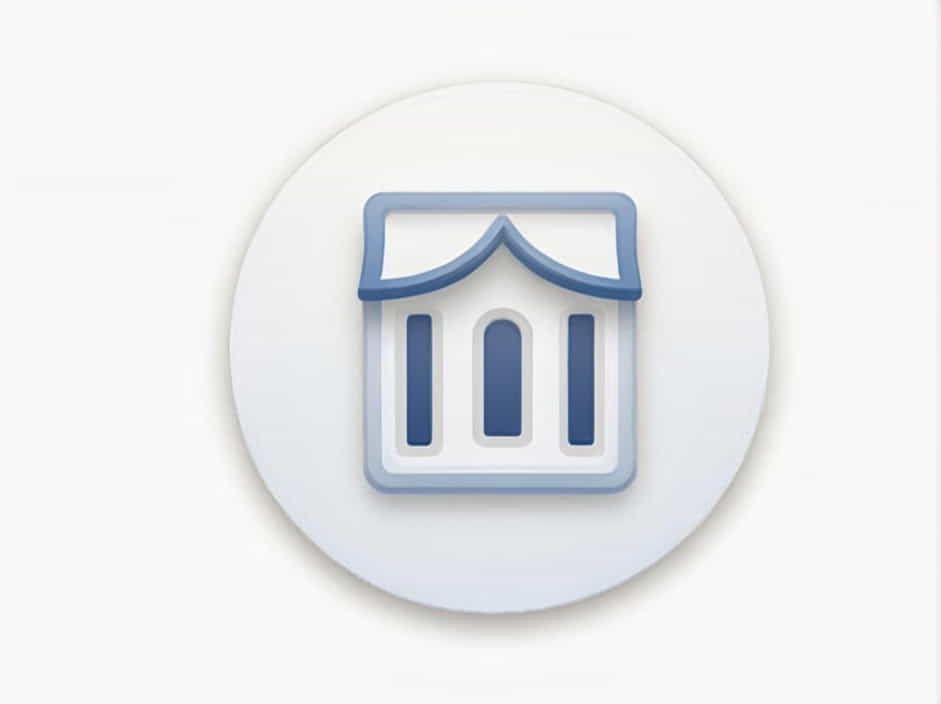Transverse fenestration refers to horizontal openings or perforations in a surface, commonly found in architecture, engineering, and material design. When located at the top of a sheet, these openings serve specific purposes, such as ventilation, light transmission, weight reduction, or aesthetic appeal.
This topic will explore what transverse fenestration means, its applications, benefits, and how it is used in various fields.
What is Transverse Fenestration?
The term transverse means “across” or “horizontal,” while fenestration refers to openings or perforations in a structure. When combined, transverse fenestration refers to a series of horizontal openings at the top of a material sheet, wall, or panel.
These openings can be functional or decorative, depending on the application. In construction, for example, transverse fenestration allows natural light and airflow into a space, while in industrial settings, it may help reduce material weight.
Key Characteristics:
✔ Horizontally aligned perforations or openings
✔ Typically located at the top of a sheet or surface
✔ Found in buildings, materials, and industrial designs
✔ Used for aesthetic, functional, or structural purposes
Where is Transverse Fenestration Found?
1. Architecture and Building Design
In architecture, transverse fenestration is commonly seen in clerestory windows, skylights, and ventilated facades. These openings allow daylight penetration and air circulation, improving energy efficiency in buildings.
Examples in Architecture:
- Clerestory Windows – A row of windows near the roofline, often featuring transverse fenestration.
- Ventilated Facades – Perforated sheets in building exteriors to regulate temperature and airflow.
- Decorative Screens – Architectural panels with patterned transverse openings.
2. Industrial and Manufacturing Applications
In the manufacturing sector, transverse fenestration plays a role in sheet metal, composite panels, and packaging materials. These perforations reduce weight, improve flexibility, and enhance functionality.
Common Uses in Industry:
- Aerospace Panels – Lightweight materials with transverse openings for aerodynamics.
- Automotive Parts – Perforated sheet metal used in vehicle components.
- Ventilated Storage Units – Shelving and panels designed with airflow in mind.
3. Engineering and Structural Design
Engineers incorporate transverse fenestration in various structures to improve stability, weight distribution, and airflow management. It is commonly seen in:
- Bridge Railings – Designed with perforations for wind resistance.
- Sound Barriers – Highway noise walls featuring transverse fenestration to diffuse sound.
- Metal Grates – Used in industrial flooring to allow drainage and ventilation.
4. Furniture and Interior Design
Modern furniture often features transverse fenestration for both style and functionality. Openings in furniture pieces provide:
- Ventilation in cabinets and wardrobes
- Weight reduction in tables and chairs
- Aesthetic appeal in room dividers and screens
Benefits of Transverse Fenestration
1. Improved Airflow and Ventilation
Openings at the top of a sheet or structure allow for better air circulation, which helps with temperature regulation and moisture control in buildings, vehicles, and storage units.
2. Enhanced Natural Lighting
In architectural applications, transverse fenestration improves daylight penetration, reducing the need for artificial lighting and lowering energy costs.
3. Weight Reduction
For industrial and structural applications, adding perforations to materials reduces weight without compromising strength, making transportation and installation easier.
4. Aesthetic Appeal
Transverse fenestration is often used in modern architectural and furniture design to create visually striking patterns while maintaining functionality.
5. Noise and Wind Control
In outdoor structures like sound barriers and railings, transverse fenestration disperses sound waves and reduces wind resistance, making it an effective design feature in public infrastructure.
How is Transverse Fenestration Designed?
1. Material Selection
The choice of material depends on the application. Common materials include:
- Glass – Used in clerestory windows and facades.
- Metal – Found in industrial grates and panels.
- Wood – Used in furniture and decorative screens.
- Plastic/Composite – Lightweight materials for modular designs.
2. Size and Shape of Openings
The size and shape of transverse openings vary based on function and aesthetics:
- Small perforations – Used for ventilation and weight reduction.
- Large, structured openings – Found in windows and facades.
- Patterned perforations – Used in decorative architecture.
3. Placement and Orientation
Transverse fenestration is strategically placed at the top of a sheet or structure to maximize light penetration, airflow, and structural integrity.
Comparison: Transverse vs. Vertical Fenestration
| Feature | Transverse Fenestration | Vertical Fenestration |
|---|---|---|
| Orientation | Horizontal openings | Vertical openings |
| Function | Airflow, lighting, weight reduction | Windows, doors, structural openings |
| Common Uses | Clerestories, panels, facades | Traditional windows, entryways |
| Example | Perforated metal sheets, noise barriers | Full-length windows, vertical glass walls |
Challenges in Using Transverse Fenestration
1. Structural Integrity
Adding too many perforations can weaken a material, requiring careful engineering to balance strength and weight reduction.
2. Weather Protection
Excessive openings in outdoor structures may lead to rain or dust infiltration, requiring proper sealing or protective barriers.
3. Privacy Concerns
In some cases, large fenestration can compromise privacy, requiring the use of frosted glass or patterned designs to maintain discretion.
Transverse fenestration at the top of a sheet is a versatile architectural and engineering feature used for ventilation, lighting, and aesthetic enhancement. Whether in buildings, industrial materials, or furniture design, these horizontal perforations provide practical and visual benefits. Understanding their applications, advantages, and design considerations can help architects, engineers, and designers make informed decisions.
